The Proposed Increases to National Insurance to Fund Social Care and the NHS
In September the Prime Minister outlined proposals for social care funding in England, featuring a new lifetime cap of £86,000 on the amount individuals will be expected to pay for their personal care.
In England, the lifetime cap is just for the costs of personal care, whether it is provided at home or in residential care. The cap will provide a little more certainty for families, but the actual amounts paid while in residential care could still come to much more than £86,000 because it applies to costs of personal care and excludes the so called “Hotel Costs” in respect of accommodation and meals in a care home.
This cap will apply to anyone already in and entering care from October 2023. Those with assets below £20,000 will not have to pay anything towards the cost of care depending on their levels of income, while people with assets over £100,000 will have to pay all their care costs before the cap is reached. Those with assets between these two thresholds will share the costs with their local authority based on a means test. Currently (in England), anyone with assets over £23,250 receives no help towards care costs.
For those that receive care in their own home, the value of their home will not be included in the means test as things stand.
There is still plenty of detail to come on these proposals and how they will be paid for, however, we want to consider what these measures could mean for individuals and business owners.
UK taxpayers face an increase in taxation from April 2022 to fund the reforms in social care and additional support for the NHS.
An extra 1.25% will be added to the rates of National Insurance for employees, employers and the self-employed. The same amount will be added to the tax rates on dividends.
Individuals
There is a proposed rise in National Insurance for employees and the self-employed with pay or profits over the primary earnings threshold (currently £9,568) for employees or lower profits limit for the self-employed, and a rise in the dividend rates of tax.
Someone with a salary (or profits) of £50,000 will face an additional tax charge of £505 p.a., rising to £1,130 at a salary of £100,000. It should also be noted that from April 2023 the extra 1.25% will be payable by those still working and over State Pension age.
Salary sacrifice can reduce both employer and employee National Insurance contributions, however, it is not known whether legislation will allow this given that from April 2023 the increase in NI will become a separate 'health and social care Levy'.
For those who already benefit from a salary sacrifice arrangement it may well be that any additional sacrifice is not worthwhile, but for clients who have no sacrifice arrangements in place it could be an incentive to consider entering into an arrangement to save 'normal' NI and bolster pension provision.
The dividend ordinary rate, upper rate and additional rate will increase to 8.75%, 33.75% and 39.35% respectively. There will be nothing to pay if dividends fall within the personal allowance and/or the 0% band of £2,000.
It is therefore good housekeeping to maximise ISAs and/or pensions to protect savings from income tax and capital gains tax. Couples could also ensure where possible that assets are split to make the most of personal allowances and tax bands. Offshore investment bonds may be an attractive option for some clients depending on their individual circumstances,
Business owners
The rate of employer National Insurance will also rise by 1.25% to 15.05%.
One of the reasons many business owners take their profits as dividend is because, unlike salary, they are not subject to National Insurance. But the increase in the dividend rate coupled with the rise in corporation tax up to 25% from 2023 could have a significant impact when making future decisions on how to take profits.
This could strengthen the arguments for taking profits as a pension contribution subject of course to the annual allowance limits.
For example, from 2023 every £1,000 of company profit taken as dividend would produce a net income of £497 for a higher rate taxpaying director, assuming the company was subject to 25% corporation tax. If instead the £1,000 is paid into a pension, this could provide the same director with a net income in retirement of £700.
Taking the dividend option at today's rates would net a little more at £547, with still £700 return from a pension.
Summary
The Government plans will provide some certainty for families planning for care in later life, which will become clearer when the proposals are fleshed out. As always, the devil will be in the detail.
The purpose of this article is to give you a heads up as to what is being proposed and the likely impact on you. There could be an incentive for business owners to re-think their remuneration strategy and consider the benefits of funding a pension.
If you would like any further information on the above, please contact us on 📞02476 388 911 or 📧 advice@integritywealth.co.uk


